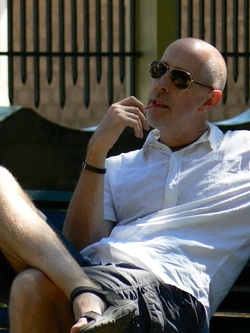 In Ciudad Antigua, Nicaragua Day 197 in Mozonte/Ocotal December 9, 2012 Tell me, I’ll forget Show me, I’ll remember Involve me, I’ll understand Unwittingly, I was guided by this old Chinese proverb from an early stage in my career. However, I was introduced to it late in life, courtesy of The Ariel Group, as a standard reference to explain the use of experiential learning in teaching leadership presence to adults. Way back when, I worked in hotels, mostly in training and development, often in opening hotels overseas. 31 years in total, since the age of 18. And I always worked alongside the people I was supporting, with them, in the trenches so to speak. At least as much as I could do as a visiting trainer. I have no illusions. Flying in, experiencing what I could in 6-8 weeks, and flying out is very different from doing a job 5 days a week, 50 weeks of the year in exchange for a local wage. But I was committed to co-authoring solutions with people that worked for them, and I knew I couldn't do this from 30,000 feet. I think I was influenced early in my career by hands-on managers I had worked for, people who would roll up their sleeves and get stuck in. Not always the best method of "management", but it felt right to me. And I always remember the president of the company I worked for. Like Henry V the night before the big battle in Shakespeare's play, he would wander the hotel alone, unknown to many people, and open fridges, walk the back halls (the back stage areas) and see what was behind the show created out front for the guests. This gave him enormous insight to what was really going on and satisfied his desire to be "involved" (much to our chagrin sometimes!) 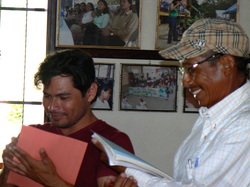 Two participants in the diploma course And so, this approach to working in hotels has followed me here in my activities at the Institute...to a project I am supporting: a diploma course in social entrepreneurship over 10 modules and a period of about 6 months. Working with two of the institute's faculty, we have explored ways to transfer the knowledge from the classroom to the respective communities of each participant - making sure "the rubber hits the road", so to speak. To do this, five groups of people, grouped geographically into regions or clusters of municipalities, are working to develop detailed plans for a project that could be realized in their communities. Plans that they will need to defend in presentations at the end of the course, in March 2013. At least that's the requirement of the diploma. The ideal, of course, would be to bring these plans to life. So in the meantime, we are working to keep them real and feasible, and not just another intellectual exercise.  The booklet created for their projects The five projects cover a broad range of subjects: Group from Mozonte How to collect and destroy the plastic bottles used to deliver dangerous agricultural chemicals and animal treatments that litter the countryside around Mozonte. (More about this later) Group from PMA PMA is the Spanish mnemonic for the World Food Program, and this group of students has chosen to focus on increasing the number of women leaders among the producers of crops as well as in the cooperative offices that the PMA's project funds. Group from Ciudad Antigua How to promote their historic town as a tourist destination to create more income for the town. (More about this later, as well.) Group from Ocotal, Totogalpa and Dipilto How to promote and provide healthy food to children in the second grade of a primary school in their community. Group from Quilalí Create a small cooperative lending scheme, providing micro-loans for women entrepreneurs in their town. In working working with these groups, I am employing my usual modus operandi as a way to be able to support each group. "Involve me and I understand." 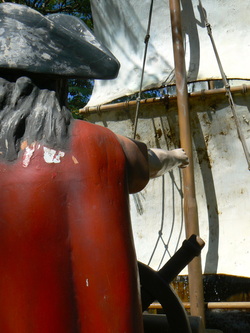 Fountain memorial...yes it´s a pirate! Beginning with the group from Ciudad Antigua. With a couple of friends, we visited this historic town about 15 miles and 75 minutes from Ocotal. It takes a bus to get there (an old, recycled American school bus) and a taxi from the main road down a dirt road to reach the small town of about 1200 people. The original site of the city was populated by the Xicaques Indians before the town of Ciudad Antigua was founded in the 1530's by the Spanish invaders. In 1654 British pirates led by Henry Morgan invaded the city (a first of many times) and burnt it to the ground, killing many of the inhabitants. Once the capital of this area, the city never regained its importance, with most of the people and the center of control moving to Ocotal. We visited the town on a Friday and a day before a public holiday. The town was quiet, positively sleepy. We started at the church (closed for lunch) and moved into the park.
Done with the park, we wandered through the small town looking for somewhere to eat lunch. We visited five recommended places, each one recommended by a local in the street. None of them had any food, although one of them would start cooking later in the day, if we wanted to wait. Other than one half-hearted offer, none of them seemed interested to make the effort to help us out or offer to rustle something up. As a tourist, this lack of enthusiasm to welcome us tourists was not a good start to the project, especially since two of the places were behind small stores with eggs, rice, beans and other staples. Clearly our experience demonstrated why the project is needed and the team has its work cut out for themselves. On the other hand, the church is impressive, once the doors were opened after lunch. Much of it dating back to the 17th century and beautifully maintained. Next door, a small store selling sacred images, objects, rosary beads and statues. Behind the church a small building containing the remains of the original church destroyed by the British pirate, Henry Morgan (I think that´s what the building contained - the old memory fails me sometimes!) There is also a very small museum that was closed when we went. Moving on to the group from Mozonte. We visited Santa Rosa, a community of 300 people within Mozonte, with two students from the group (the others cried off sick at the last moment). This involved a 15 minute cab ride to Mozonte, a 35 minute bus ride to Santa Rosa and a 40 minute walk along an unpaved road to Santa Rosa. Fortunately we were saved the last 20 minutes with a ride in the back of a pick-up truck. Arriving in Santa Rosa, we met with a community leader, one of the other members of the group and walked out with him along a dirt path for another hour to a remote community of houses in Varillal in the heart of the hilly farm country. With temperatures of about 30C (90F), little shade and dusty tracks, we had our work cut out for us. Our trek into the depths of Las Segovias country was to document the problem for this group - our cameras taking pictures for their project. We were looking for evidence of discarded chemical bottles that had been used in treating crops (pesticides and herbicides) and animals. These bottles are left lying around for children to play with and contaminate not only the water but also the environment. The chemical bottles we found were mostly chemicals manufactured in China, the UK and the US, and almost all of them contained warning labels and the dangers if handled by children or careless adults. And yet we found piles of these bottles just outside the community of houses and in the yards of the houses themselves, often cut open to be used for other purposes, and within easy reach of children and pets. The sorts of chemical bottle we found included a vaccine for antrax in cattle, a vaccine for salmonella in cattle, a herbicide known to be a neurotoxin, another herbicide on which the jury is still out in terms of its toxicity, and others. While in the community, we had an impromptu meeting with a few of the families to talk about the problem. They see the problem, pointed to bigger problems with the overall quality of the water in the local streams, blamed others further upstream, blamed the local government...and agreed to work with the project team to begin by cleaning their own backyard (literally) of these bottles as a step to begin to take control. So we left with a sense of the problem, with a few ideas of theirs and a lot to think about. But that's all for now. More of these and the other projects in future blogs.
Clearly involved, I was powerfully impressed by both visits for very different reasons, appreciating what the students have to go through to complete their projects (never mind attend the diploma workshops every 2-3 weeks). And I was reminded of a quotation of Robert Valett that builds on the old Chinese proverb: "The human heart feels things the eyes cannot see, and knows what the mind cannot understand." Visiting each location gave me the chance to get involved, if only for a moment, and had given my heart the opportunity to "experience" first hand the focus of both projects. I was touched, and saw and understood much better.
0 Comments
Leave a Reply. |
BackgroundI sold house, car and most of my furniture to move to the small town of Ocotal in Las Segovias on the Honduras/ Nicaragua border. Archives
March 2014
Categories |
Contact© Copyright 2018 Richard Richards, Bournemouth, Dorset, UK
|

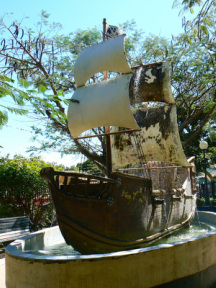
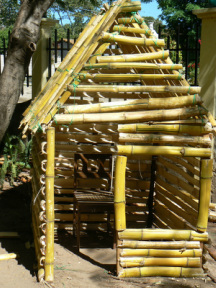

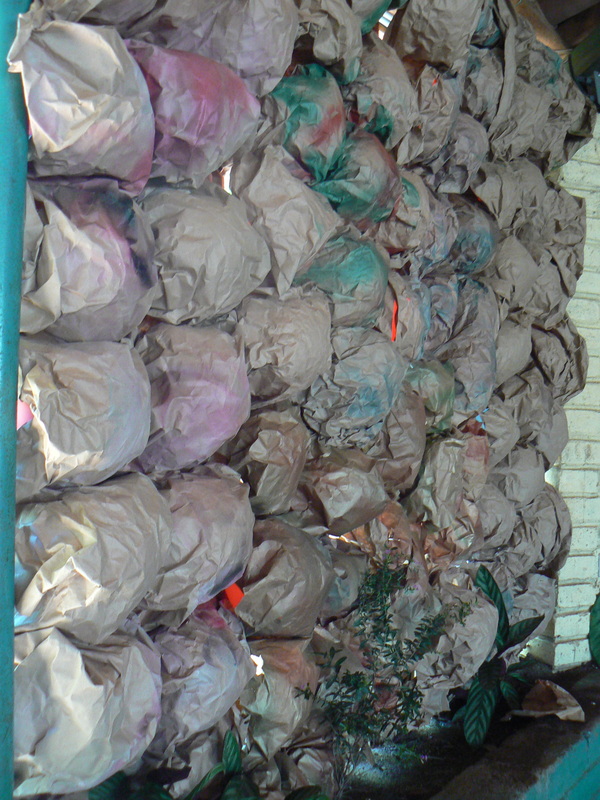
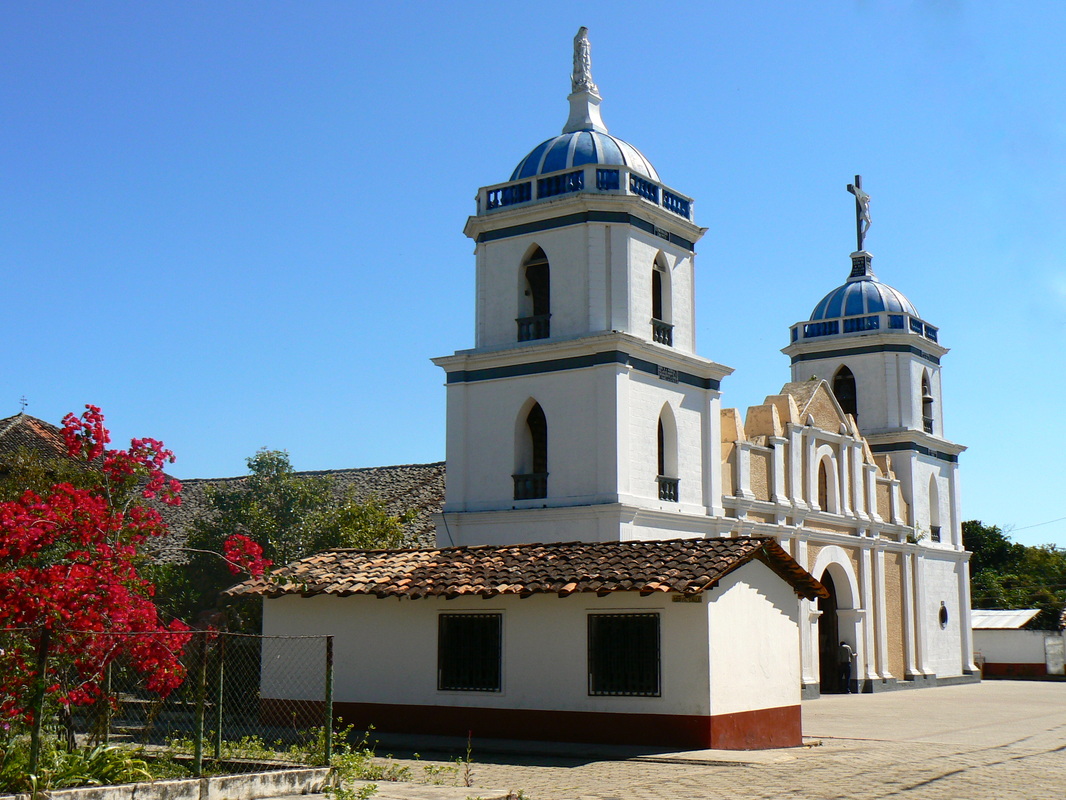
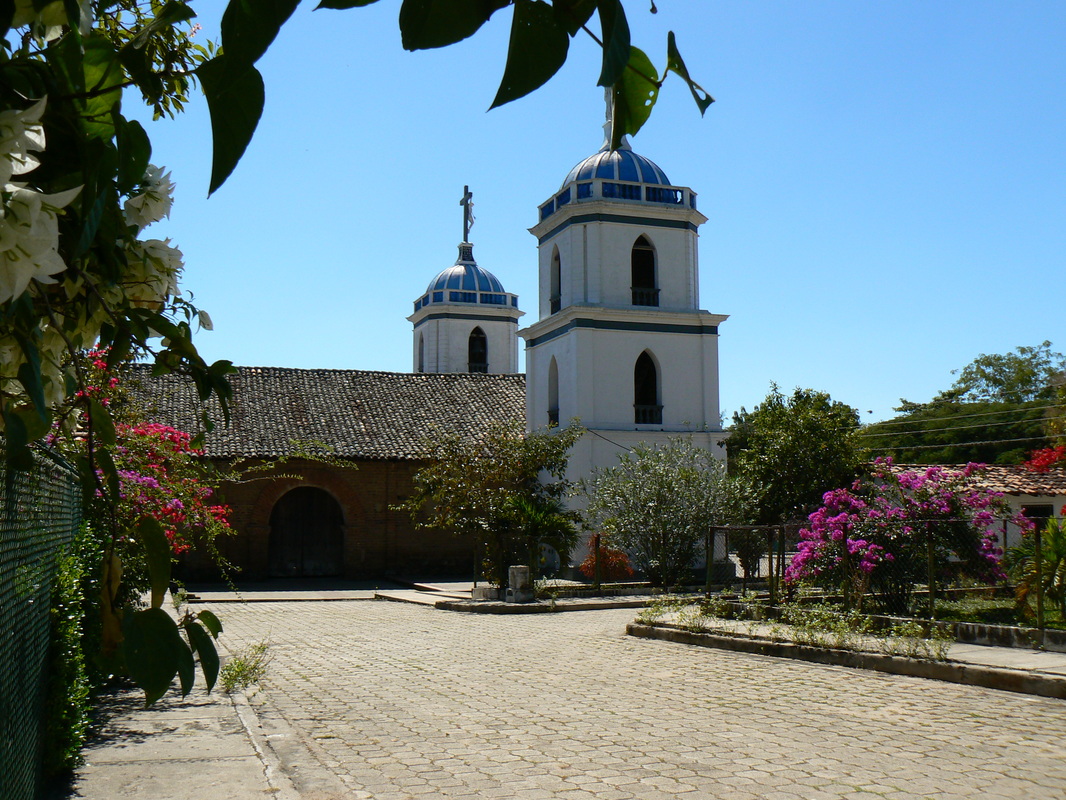
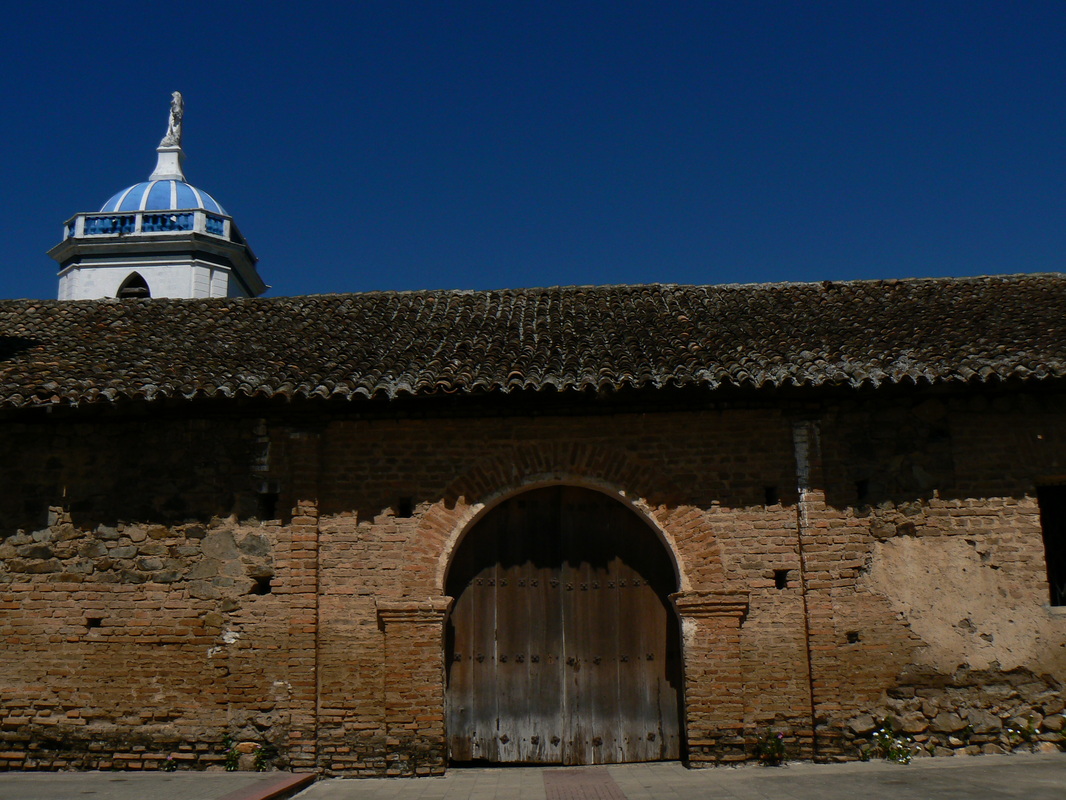
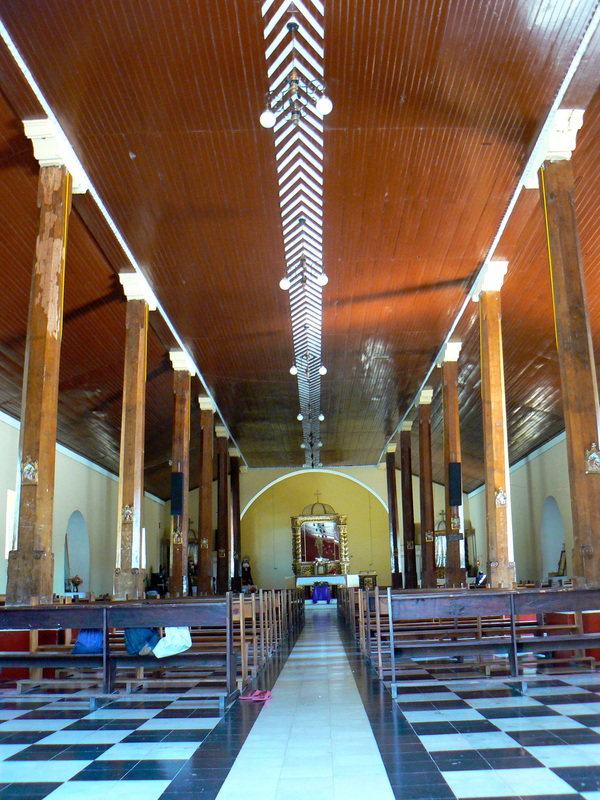
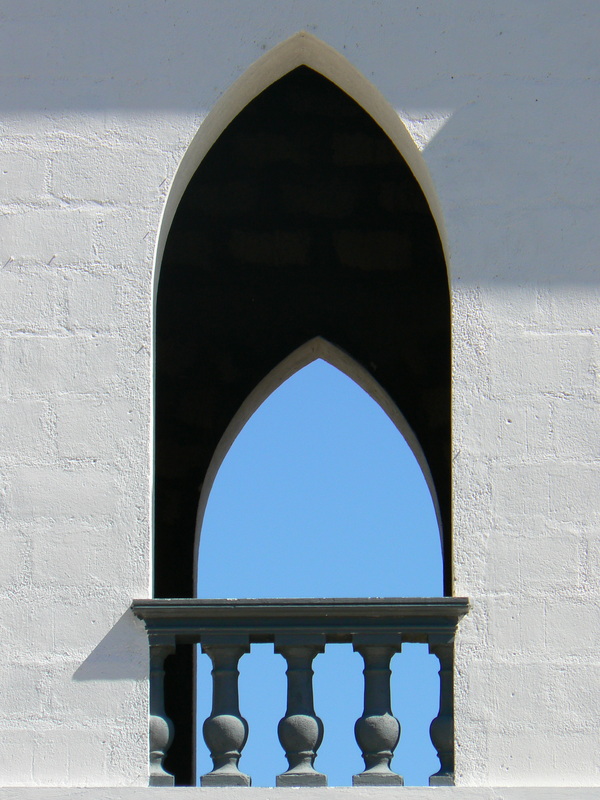
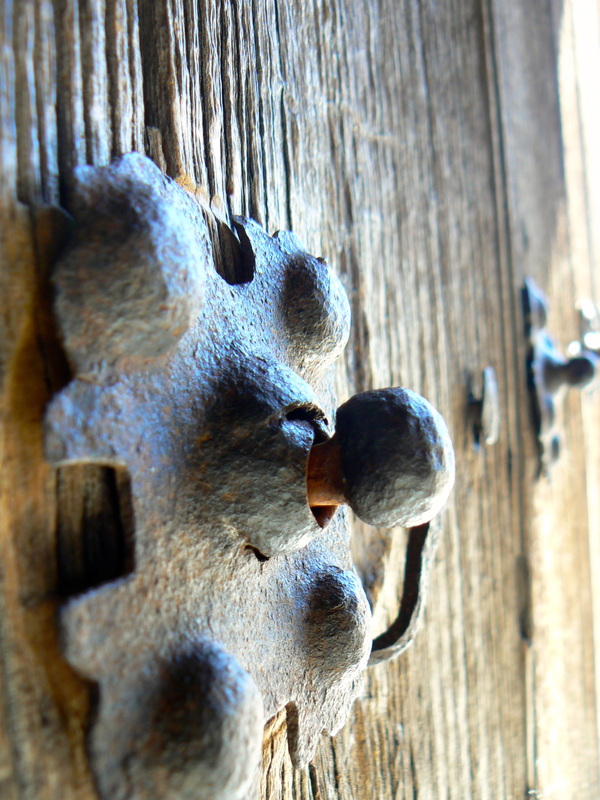
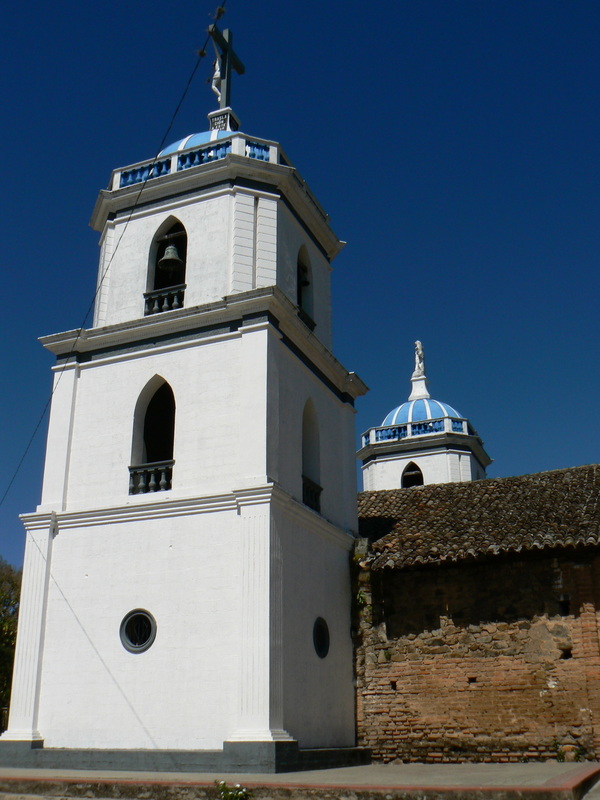
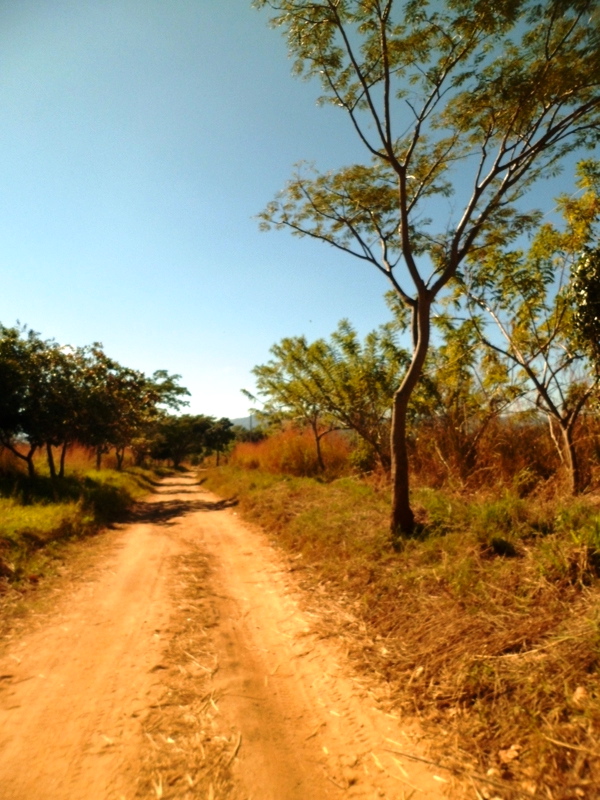
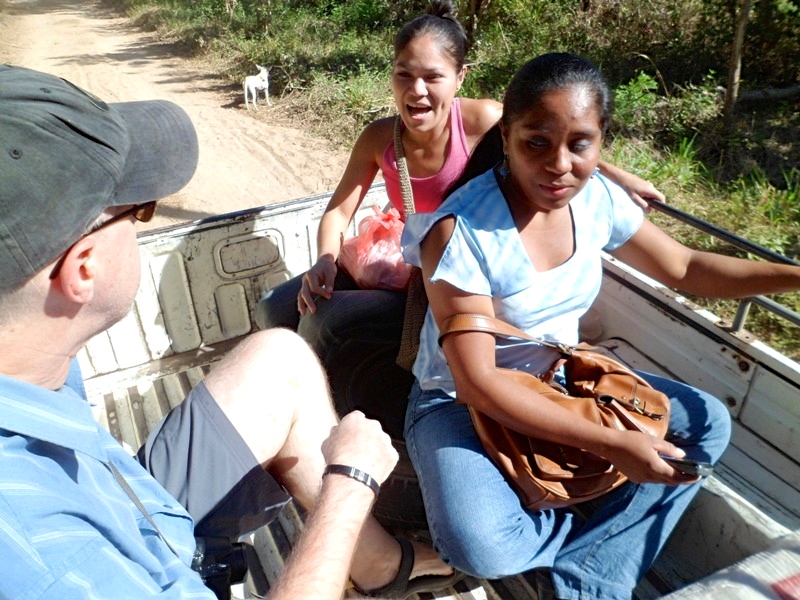
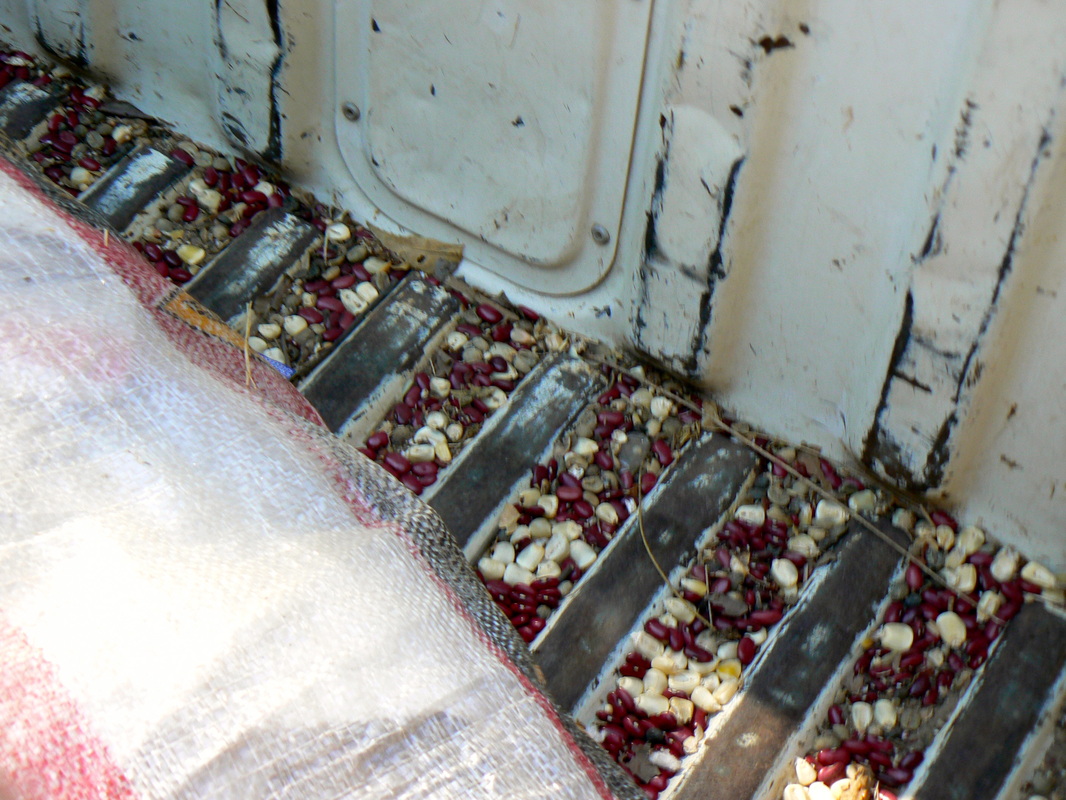
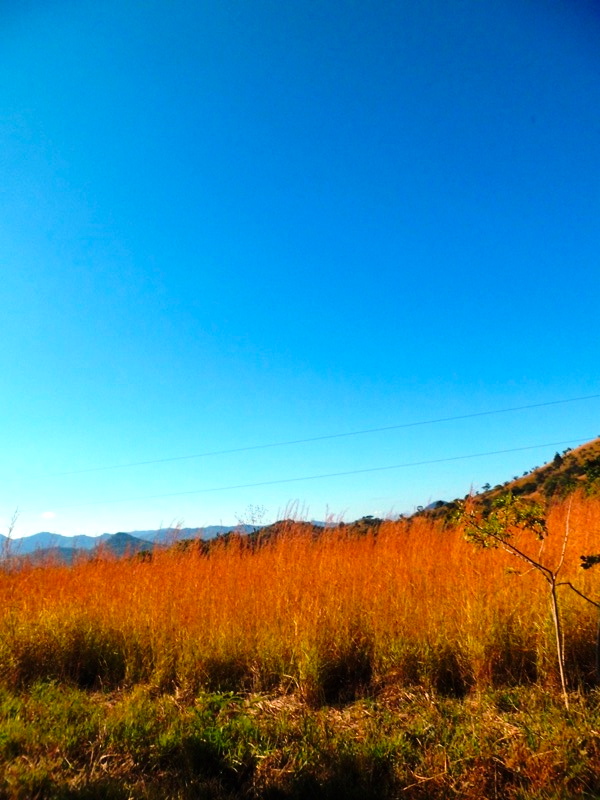
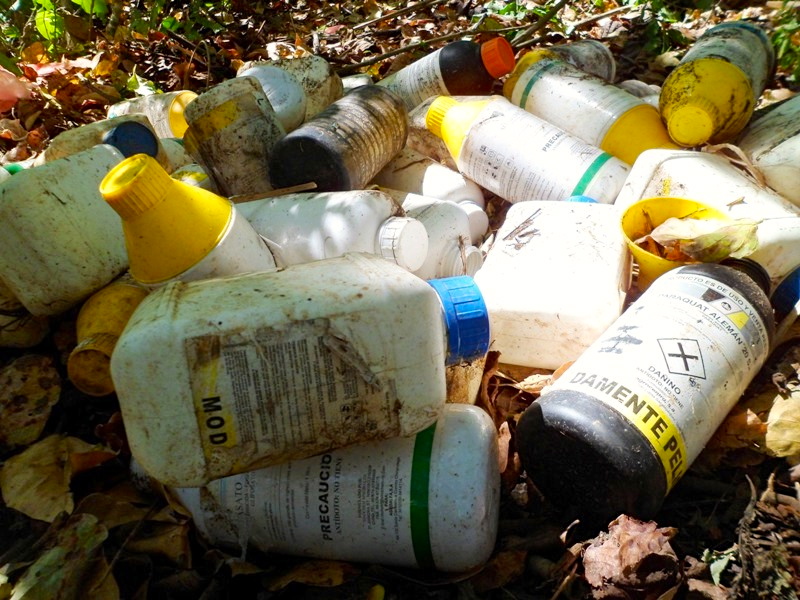
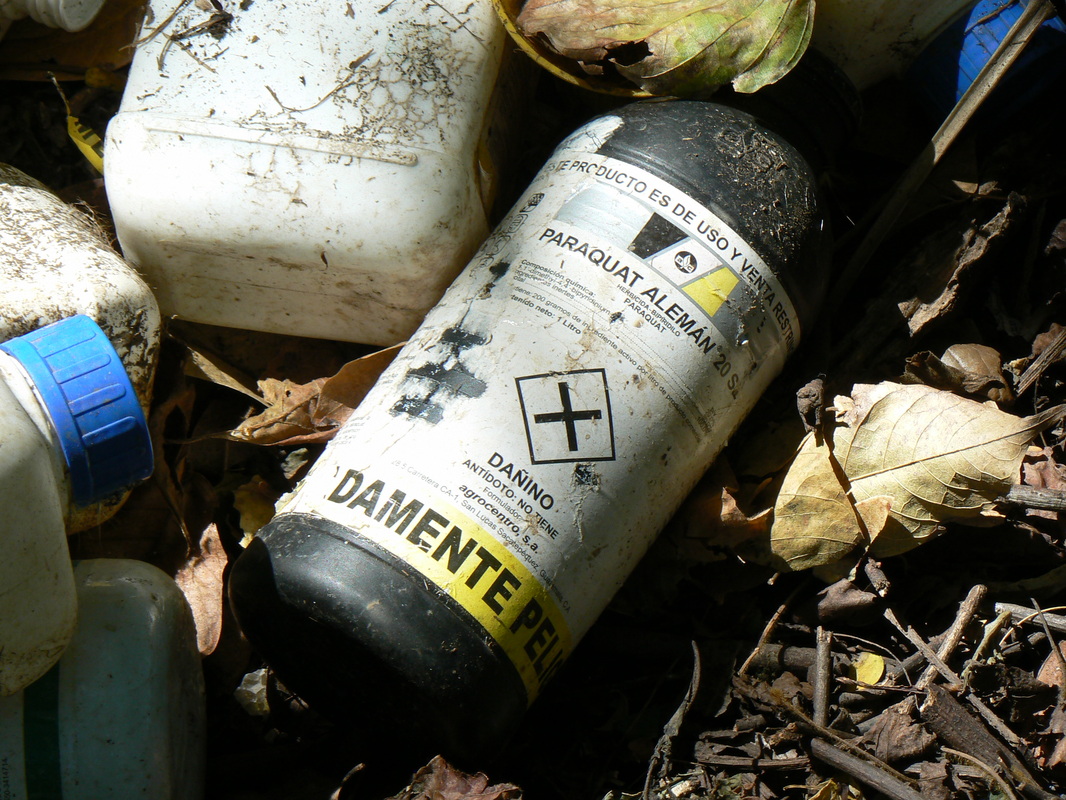
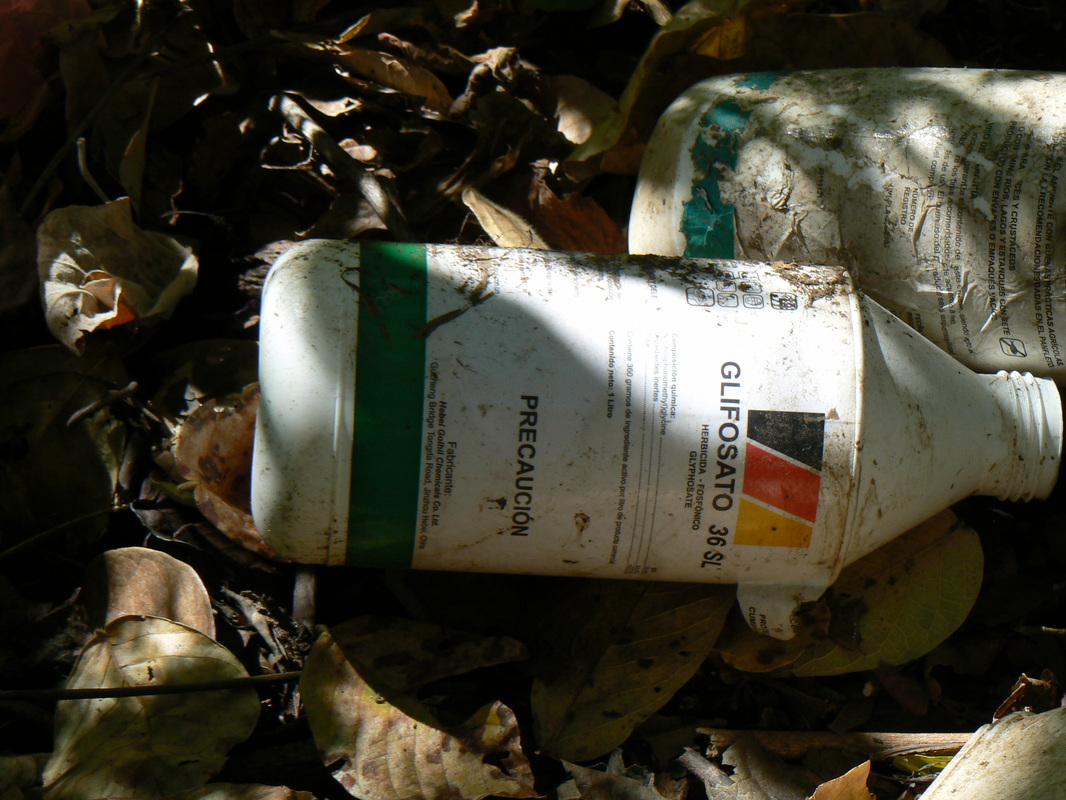
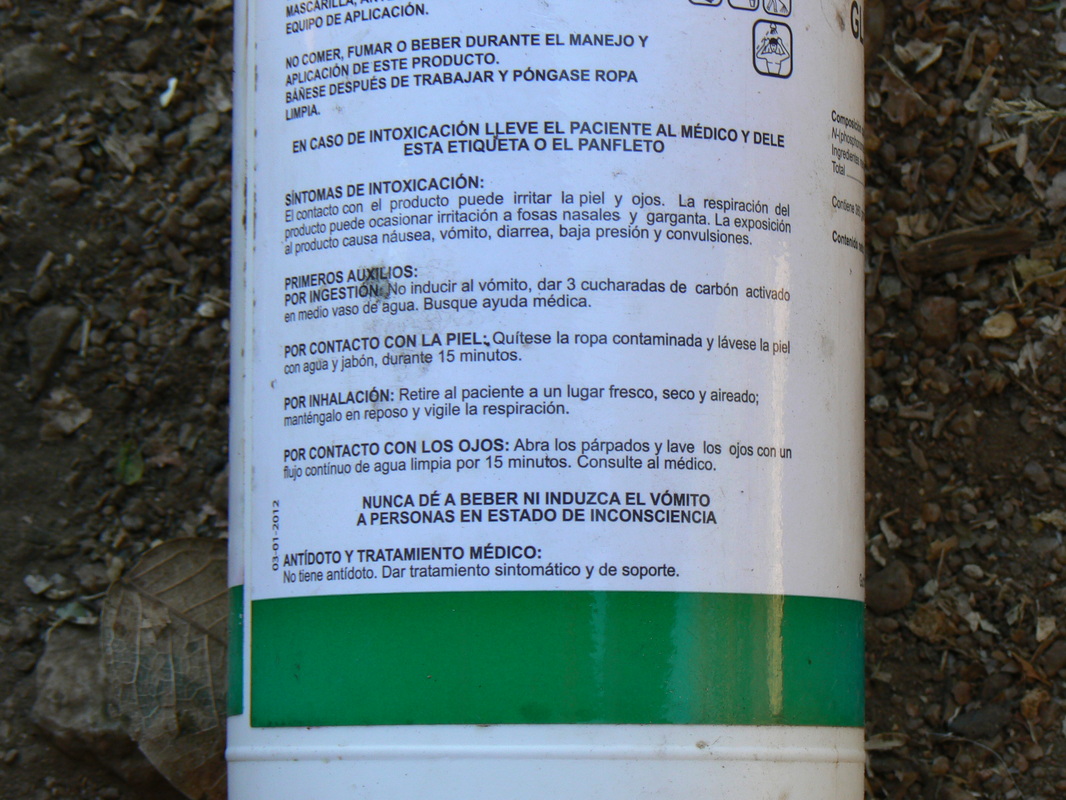
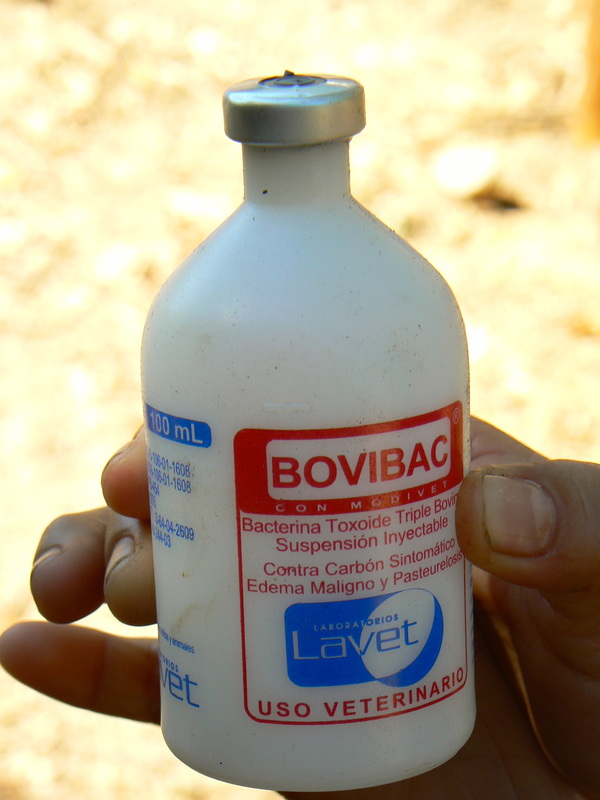
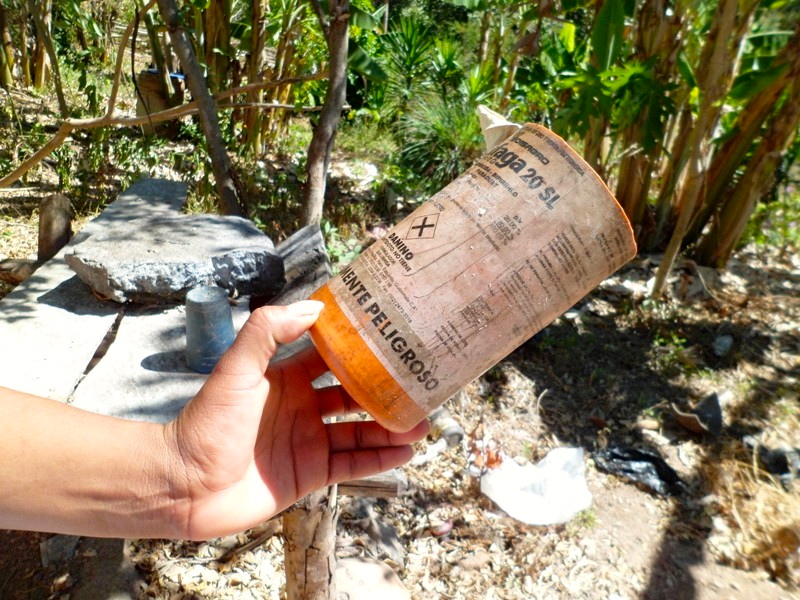
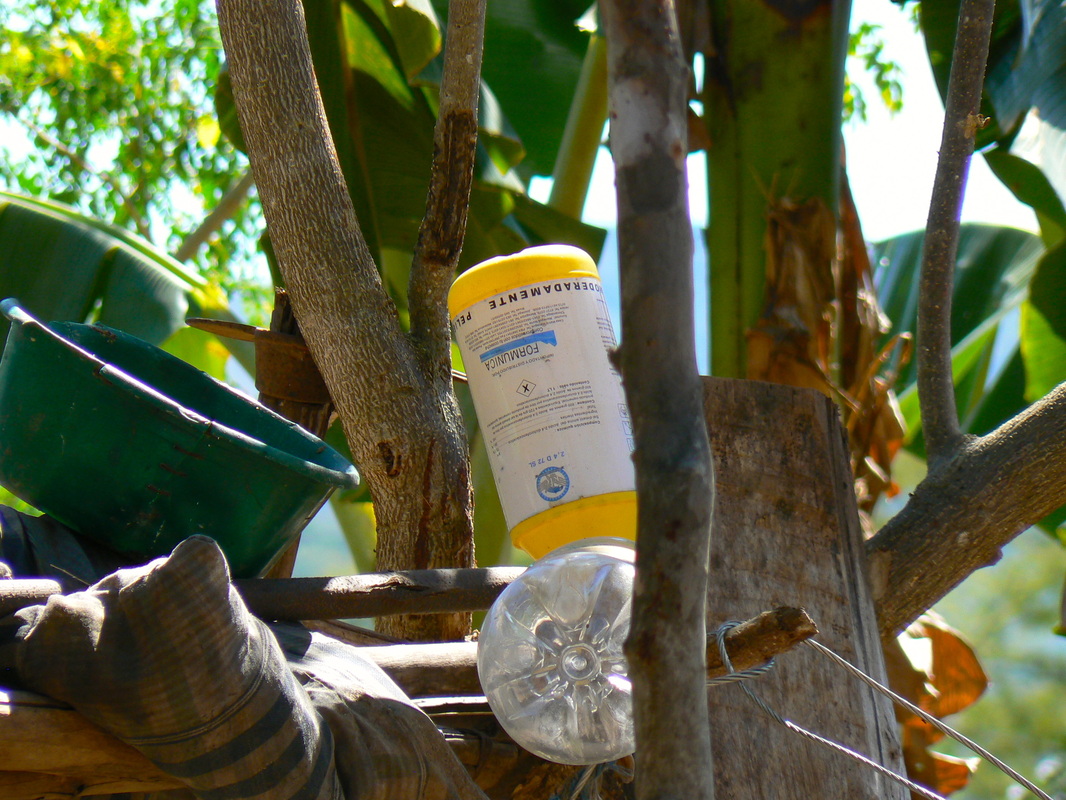
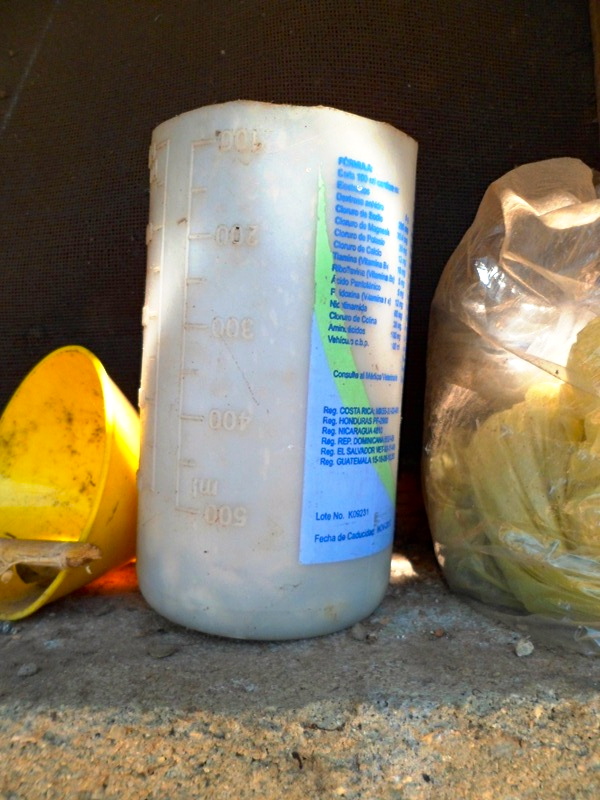
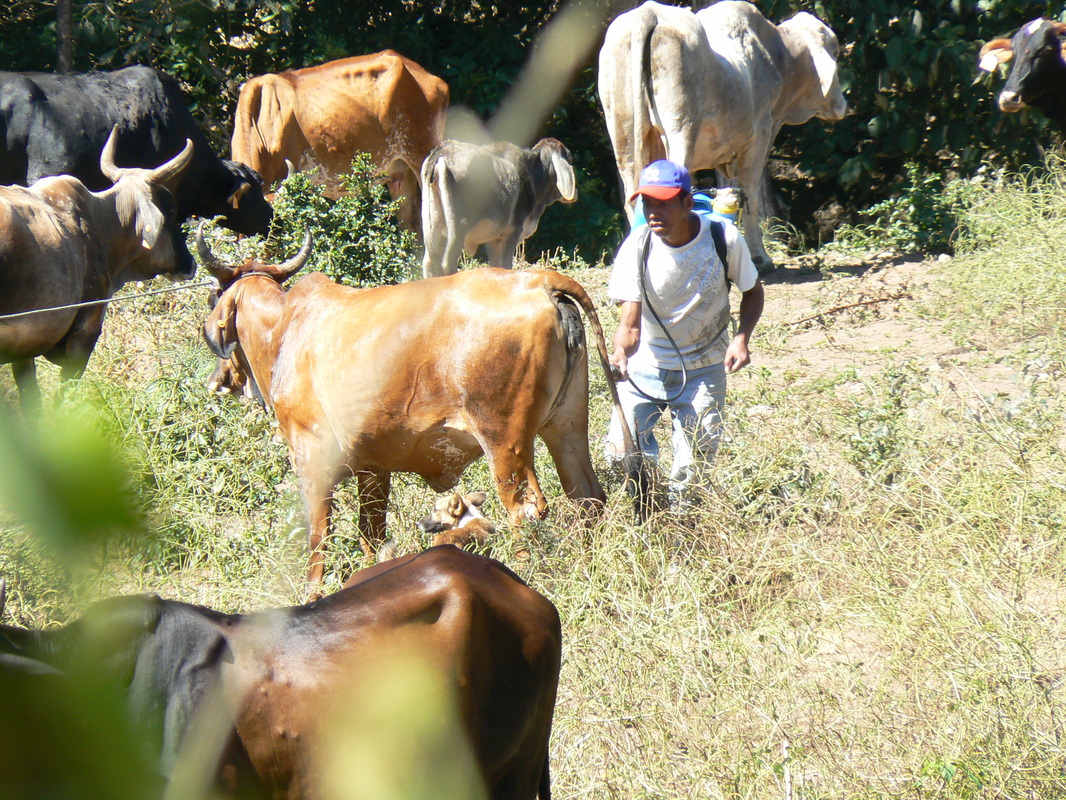
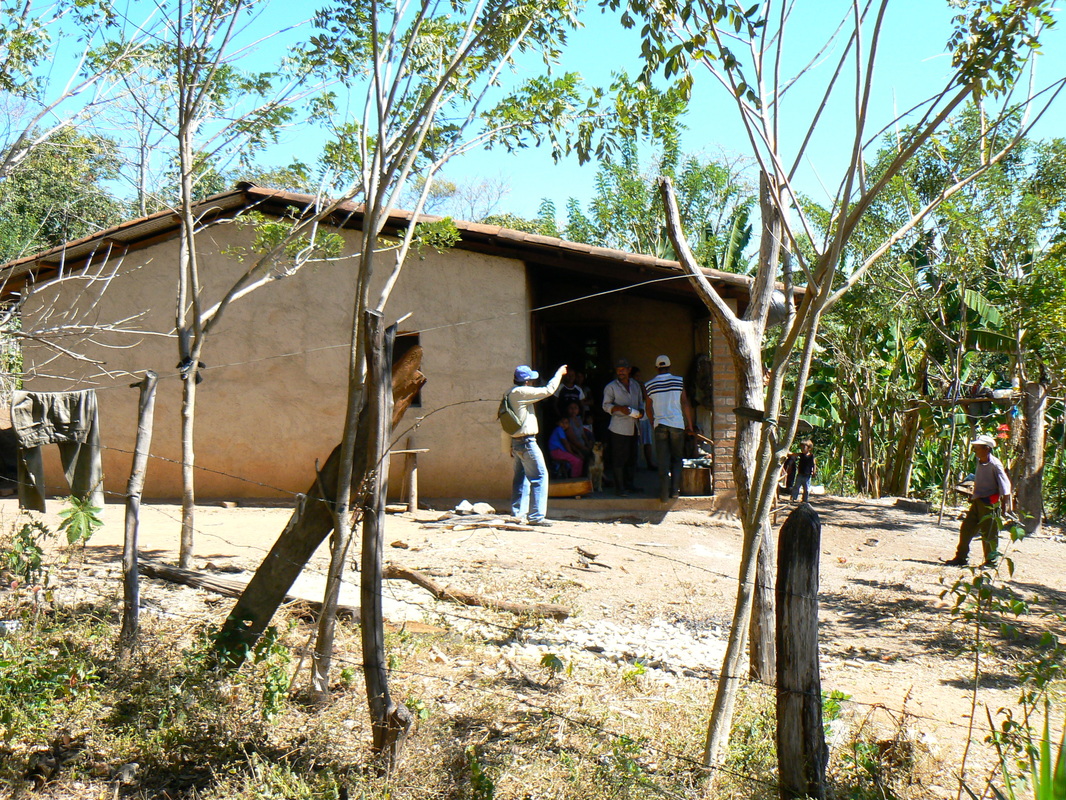
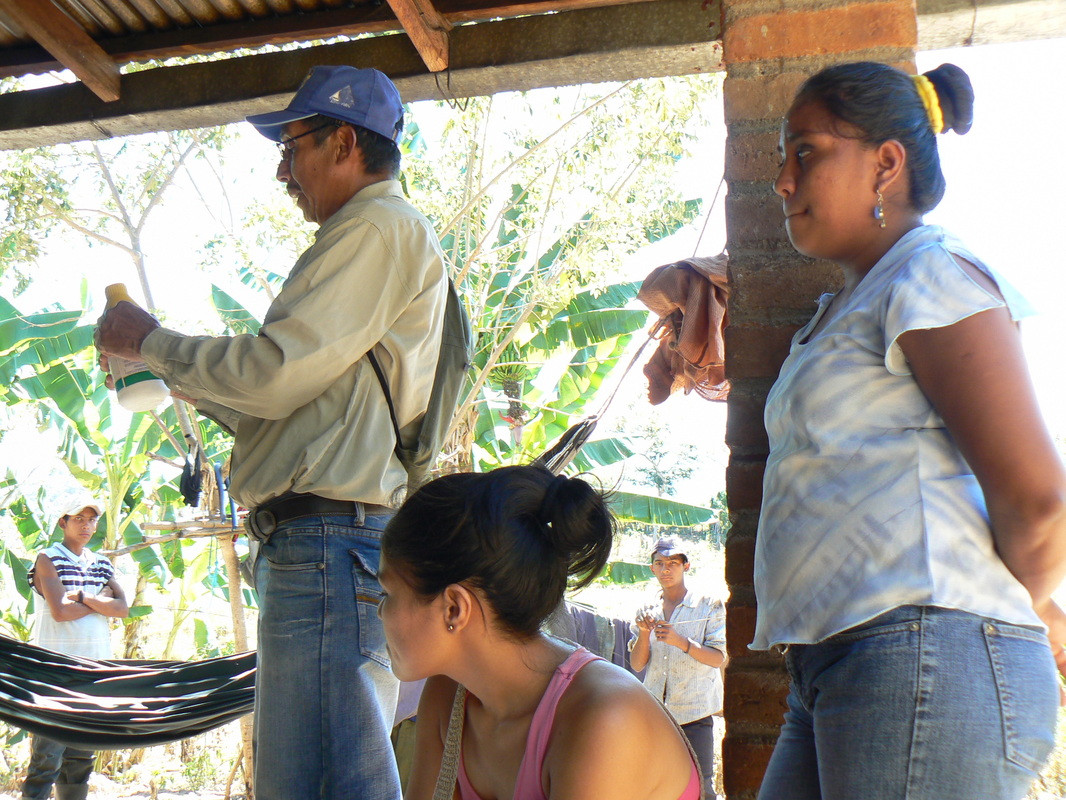
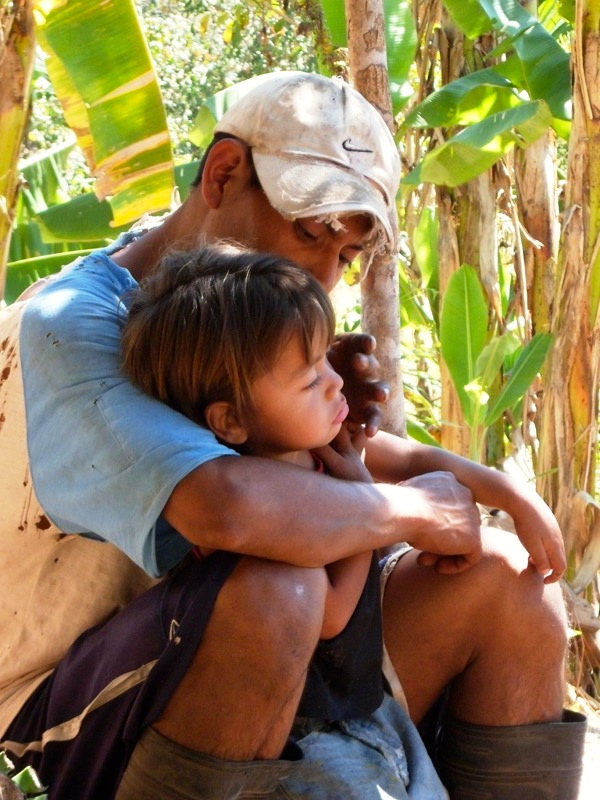
 RSS Feed
RSS Feed
